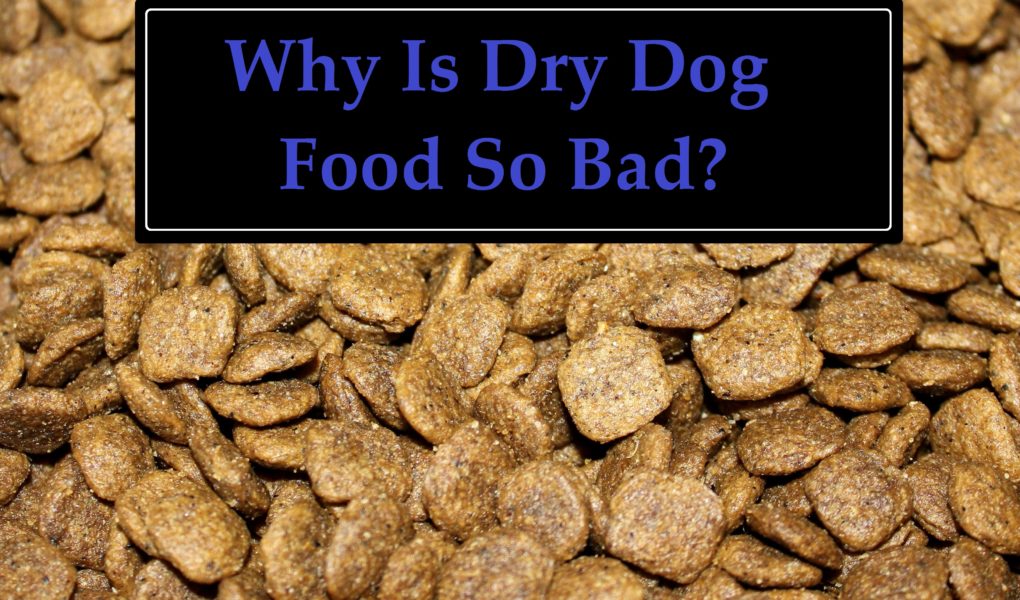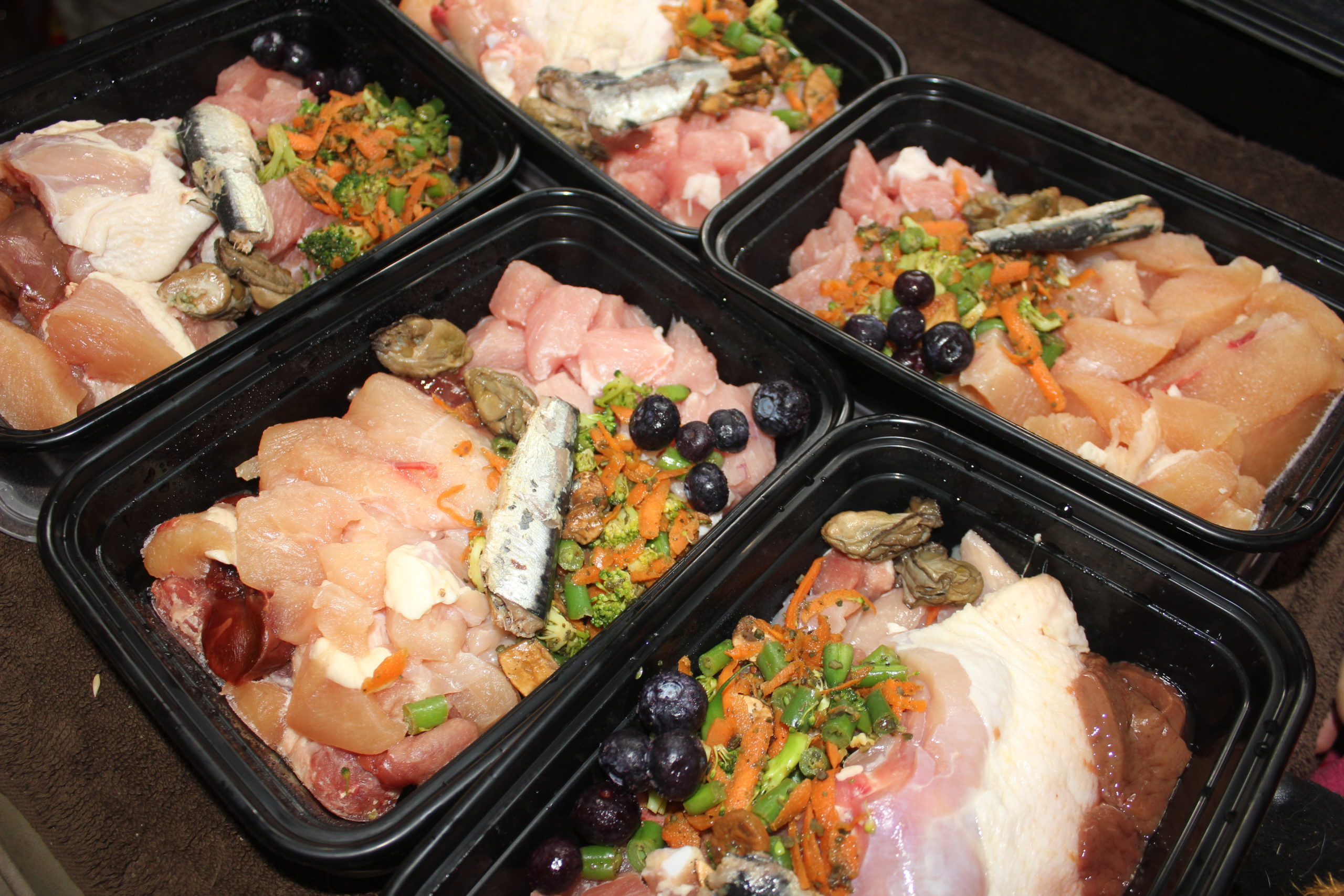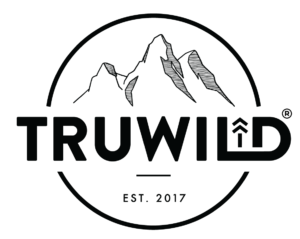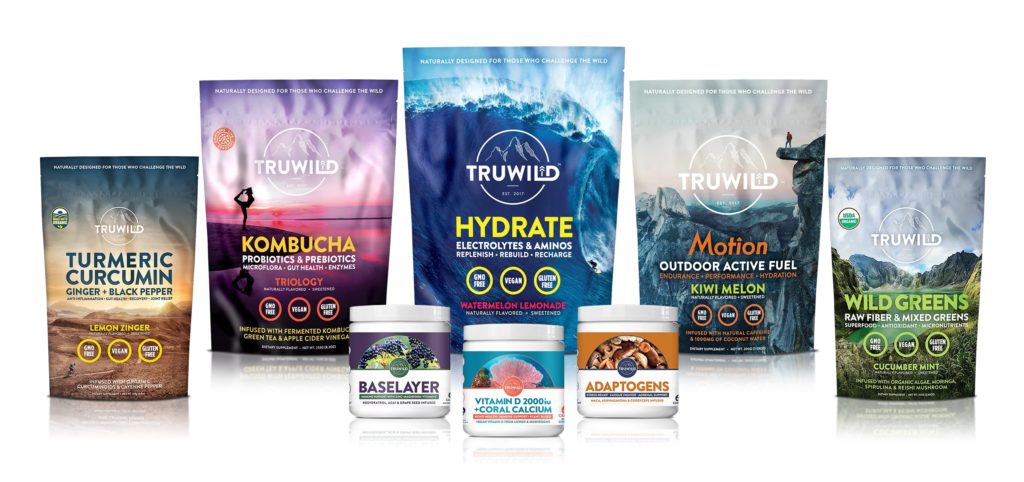Commercial pet foods have only been around less than 200 years. It started out with canned horse meat, and then as a result of war and the need for cans for ammo, it was moved to dry dog food products. Before it went commercial, pets were fed table scraps. Once it became commercial, a lot of money was invested into advertising dry dog food, and warning about the dangers of feeding table scraps. With time, people now think it’s normal and healthy to feed their pets commercial diets. As an unfortunate result, our pets have had an increasing number of health problems, many times falsely identified.

But My Dog Does Just Fine On Dry Kibble
Sure, your dog or cat may be surviving on kibble, but they are not thriving. You wouldn’t feed a goat meat, or a lizard celery because it’s not what they are meant to eat. So why are we feeding our pets kibble? Because it’s cheap, convenient, and we’ve been led to believe that’s what we should be feeding by the pet food companies. Cats and dogs are simply one of the few animals that can take the abuse . . . to some extent. Some costly consequences include allergies, diabetes, chronic skin infections, arthritis, obesity, etc. Even the “grain free” foods are full of unnecessary carbs and starches that our pets can’t properly utilize. Dry kibble also put your pet in a permanent state of dehydration.

Sneaky Marketing
Marketers are very good at illusion, making a crap product look healthy and wholesome. They’ll use pretty pictures and trick words like “Bursting With Flavor”, “Playful Life”, “Complete”, “Healthy” . . . Some companies even put out patents on choice words to make their product sound like it really stands out from the rest.
Additional trick words can give you a false impression in regards to the actual meat content. Words like dinner, nugget, or formula only have to have 25% meat. Products that say “With” only have to have 3% meat. And lastly, foods listed with “Flavor” may not have any meat at all. Percentage of protein on a bag isn’t any indication of how much meat is in the product either as the source could also be from soy, corn, wheat gluten . . .
Organic has little to no meaning as well as it simply means the product must have 3% organic chicken and 67% other organic ingredients. The product can still contain non organic chicken meal or chicken fat.
When I first met my husband he was feeding one of those cheap, corn filled, rainbow colored kibble brands. I asked him how he could possibly feed that brand, and his response surprised me. He thought he was feeding a good food because it was the most expensive one he could find at the grocery store.
Check The Ingredients
My husbands next question was, “We’ll how do you tell whether or not it’s a healthy food?”. The quick and simple answer to that is to check the ingredients. You don’t want to feed a food that has grains like corn, wheat, soy. Grains make your pet feel full but it offers no nutritional value and can’t be properly digested. It’s simply spit out the other end, making for a bigger and stinkier poop. Also watch out for the words like “Animal Fat”, “By Product”, “Processed”, “Meal”, “Mechanically Recovered”, when it comes to the meat. This generally means that it’s the left over parts of an animal. Harmful preservatives can include BHT, BHA, Ethoxyquin, TBHQ. Their are companies that have stated that their food has a self life of 25 years. How many chemicals and preservatives does mean is in the food to make it outlast the life of your dog! In addition to preservatives, kibble is cooked at high temperatures, creating harmful carcinogens like acrylamide and heterocyclic amine. Most companies don’t disclose what temperature their food is cooked at. If you’re really invested, educate yourself and call the companies themselves to see if they give you an honest answer to the quality of their food and any of their questionable ingredients.
Poorly Regulated Industry
 The pet food industry is poorly regulated and comes up with their own rules. The government does’t watch over the industry. Even the FDA doesn’t do much, their only role is to simply regulate the labeling on the bags to ensure that the pet food companies follow their own set rules. Ensuring that what they claim on the packaging is actually inside the bag. The FDA does not regulate where the meat source comes from, the quality of the meat, or how their products produced.
The pet food industry is poorly regulated and comes up with their own rules. The government does’t watch over the industry. Even the FDA doesn’t do much, their only role is to simply regulate the labeling on the bags to ensure that the pet food companies follow their own set rules. Ensuring that what they claim on the packaging is actually inside the bag. The FDA does not regulate where the meat source comes from, the quality of the meat, or how their products produced.
Pet food companies don’t have to say where their meat comes from. Many use animal carcass leftovers from the human meat industry, slaughter house leftovers, road kill, dead livestock from ranches and farmers. It all goes to rendering plants where they grind it up, add vitamins, minerals, and other ingredients, extrude it, and sell it off as pet food. Just one manufacturer can kick out several brands of pet food.
Foods approved for pet food use include those contaminated by pesticides, industrial chemicals, natural toxicants, filth, microbiological, and drug residues. Pets are considered property, not a valued member of the family, so their are little consequences if their food kills your dog.
Recalls
A company will only recall a product when it’s been determined that more money would be lost by lawsuits than just removing the product off the shelves.
One of the biggest recalls involved pet food that was contaminated by tainted wheat flour that made hundreds of pets sick and killed several others. The scary part was that same wheat flour was approved to be used in foods for people.
With tainted jerky treats, it took 6 years to get these treats made in China removed from the selves. It was eventually discovered that they contained traces of antibiotics, but it could not be proven that it was the cause of all those pet deaths.
My Vet Says Raw Food Diets Are Bad
 Frankly, an incredibly small amount of a vets education is on pet nutrition. The little education they do get comes from the pet food companies. The vets whom people trust, recommend these overly priced commercial pet foods, and both parties benefit. Try seeking out a holistic vet who might have a little bit more knowledge and training on pet nutrition.
Frankly, an incredibly small amount of a vets education is on pet nutrition. The little education they do get comes from the pet food companies. The vets whom people trust, recommend these overly priced commercial pet foods, and both parties benefit. Try seeking out a holistic vet who might have a little bit more knowledge and training on pet nutrition.
Conclusion
Not everybody can afford better quality kibble or even to go raw, but educate yourself, and do what you can to make sure your feeding at least a higher grade kibble. Ultimately, kibble is kibble, some are a little better than others. It’s like one fast food joint being marginally better than the other. Almost all kibble and many canned foods have unnecessary carbs that can’t be utilized, among other things, and therefore it’s slowly damaging to your pets health. Ideally, I think a raw food diet is the most natural way to go for your pet. If people were to disappear from the planet, our dogs and cats would be seeking out what’s biologically appropriate for them . . . MEAT.
Sources:
Most of the information shared here came from the documentary “Pet Fooled“. I highly recommend watching it for more details on the commercial pet food industry.
Another great source to see how your dog food stacks up against others, and to get the latest recall updates is this website, “Dog Food Advisor“.
*Photos From Pixabay (Cartoon Vet, Chicken Meat, Carcass, Industrial Building)








